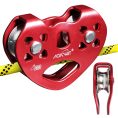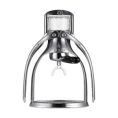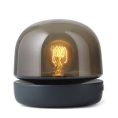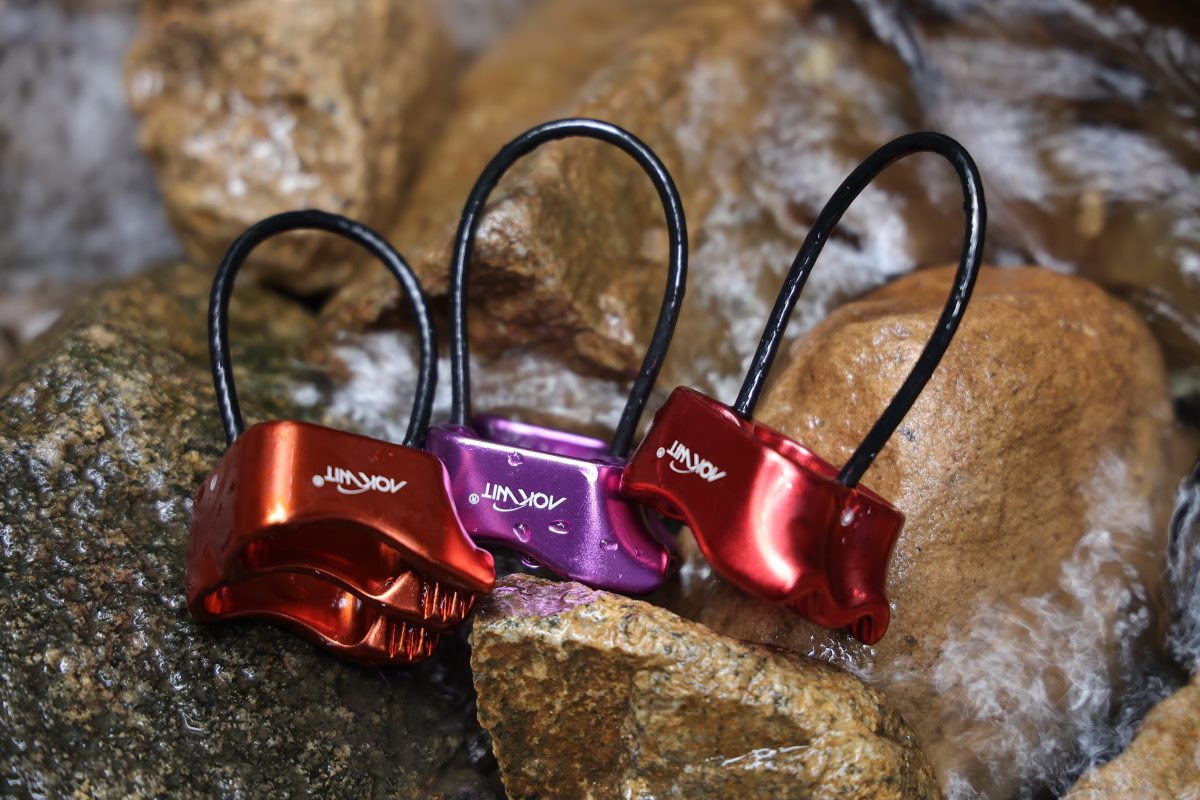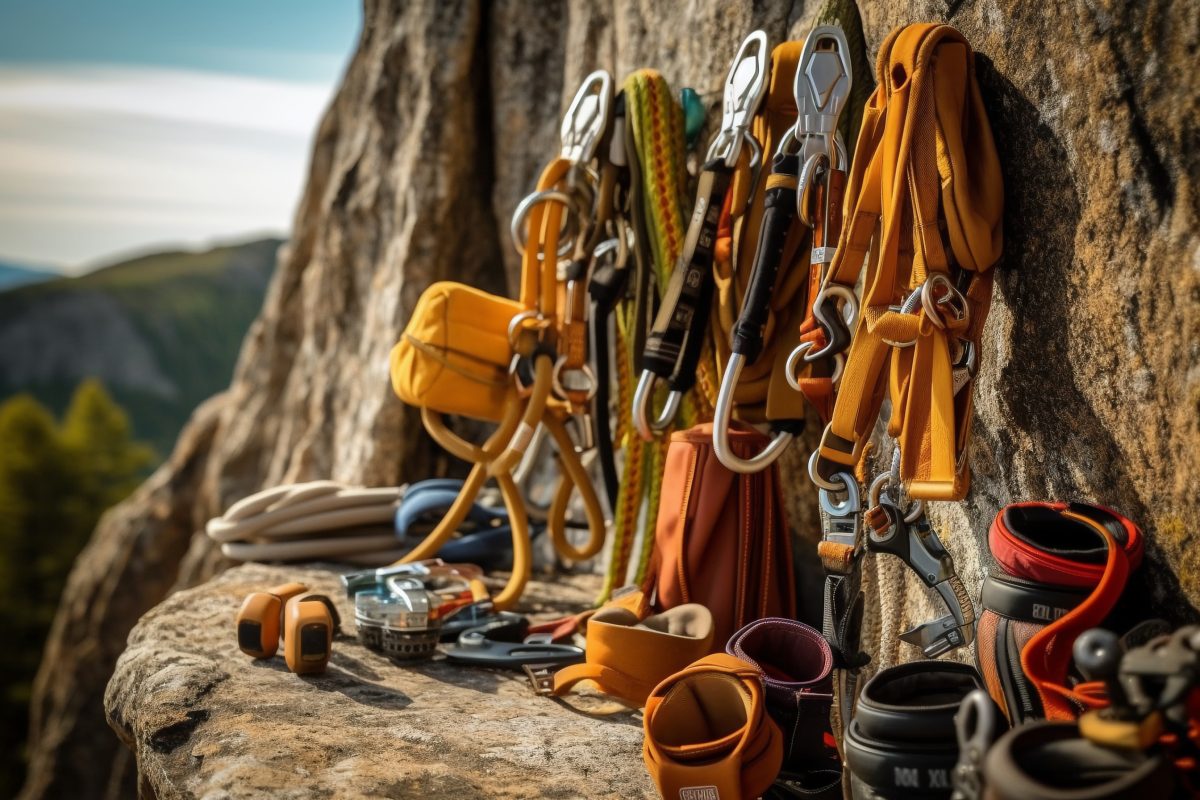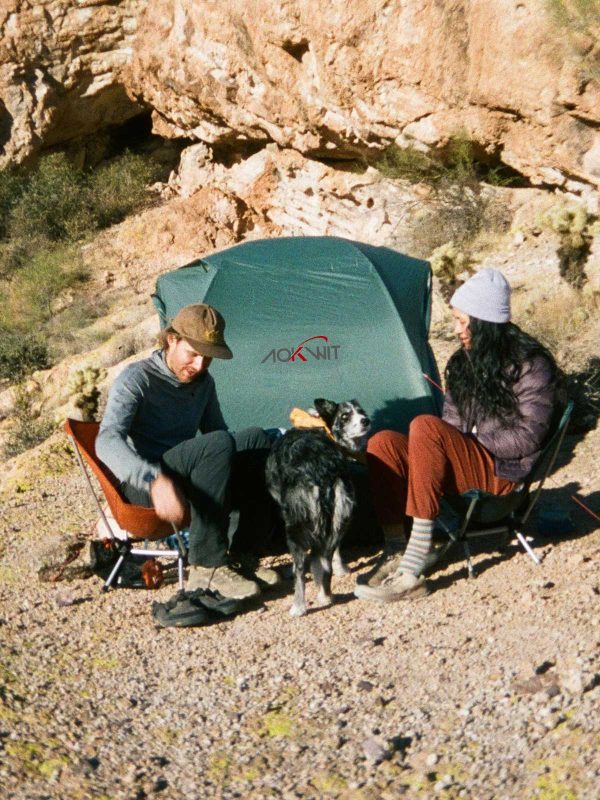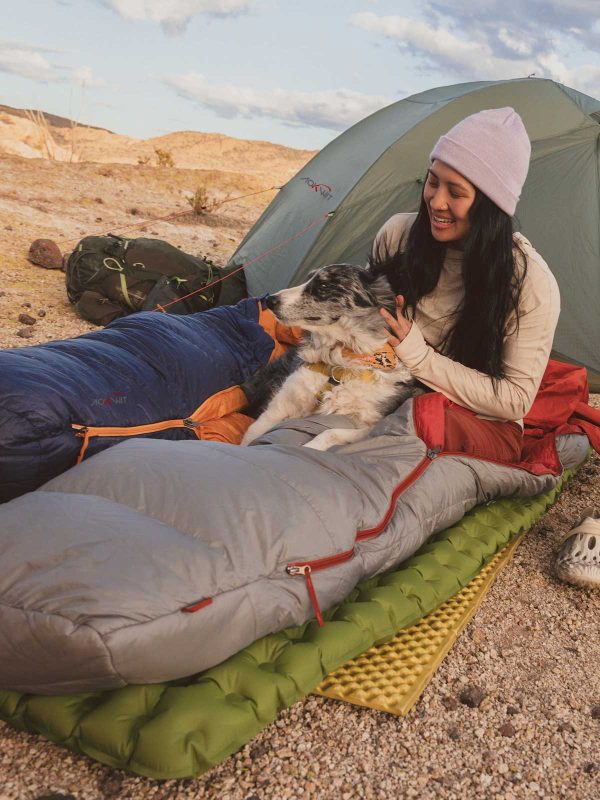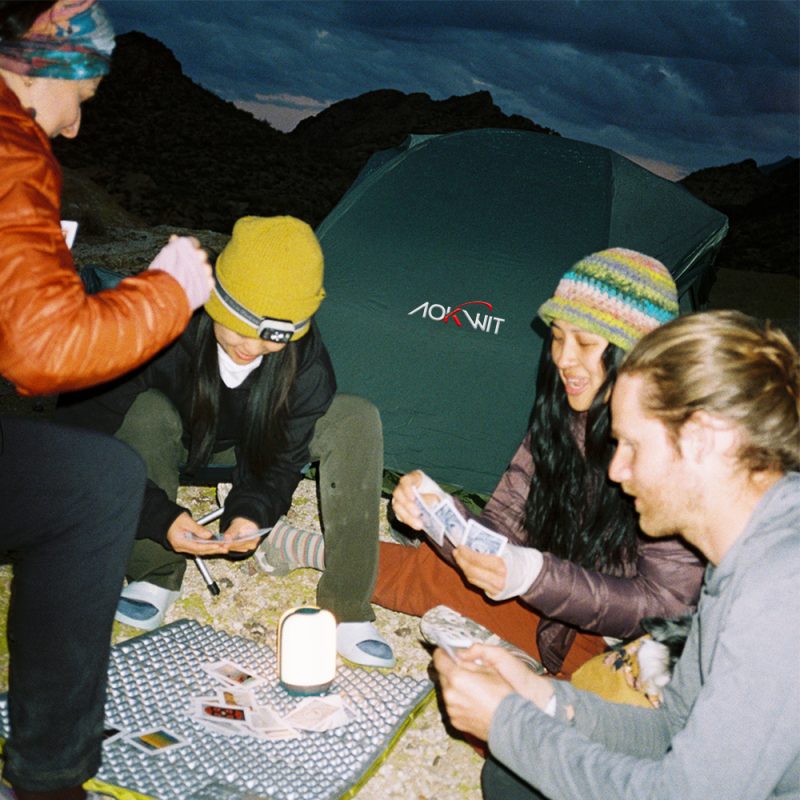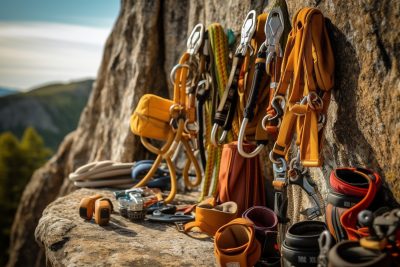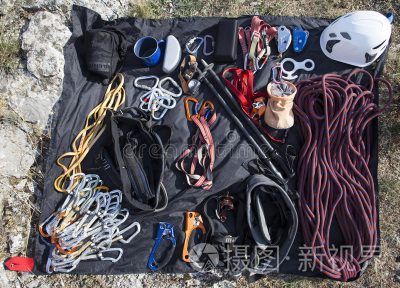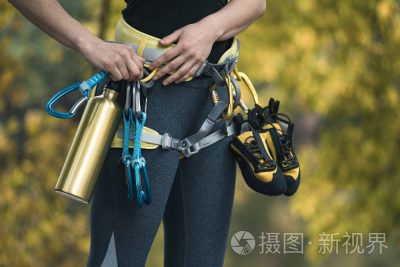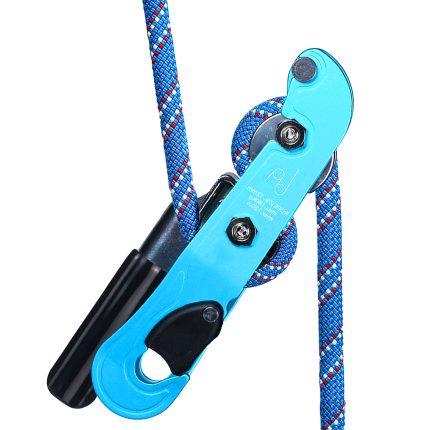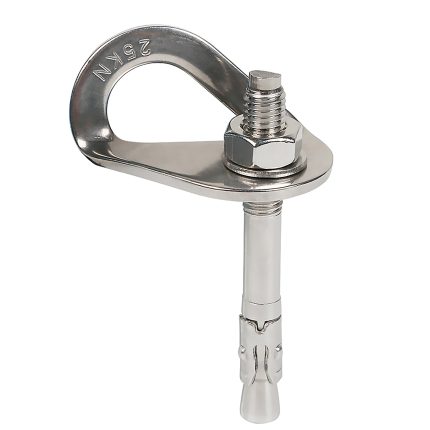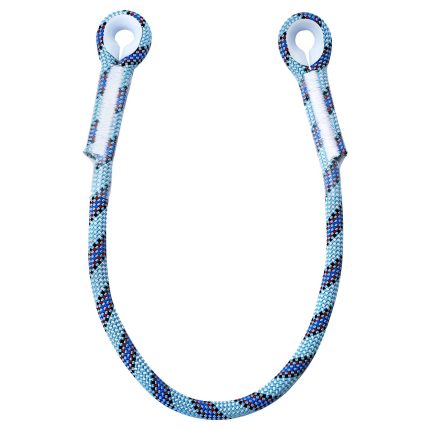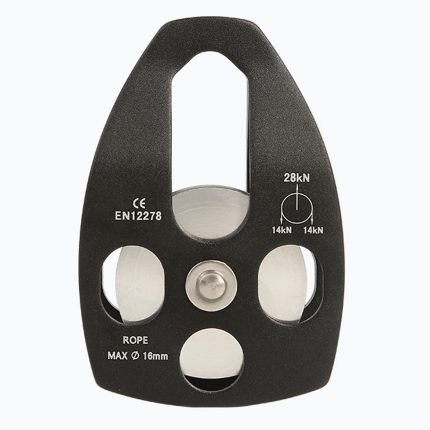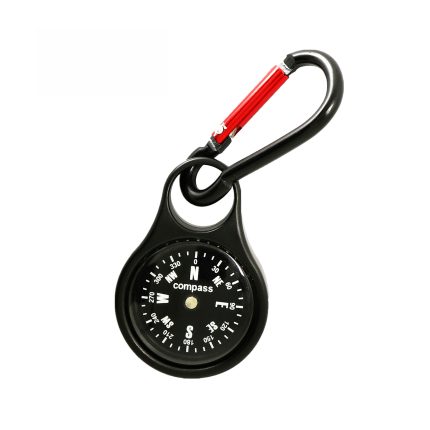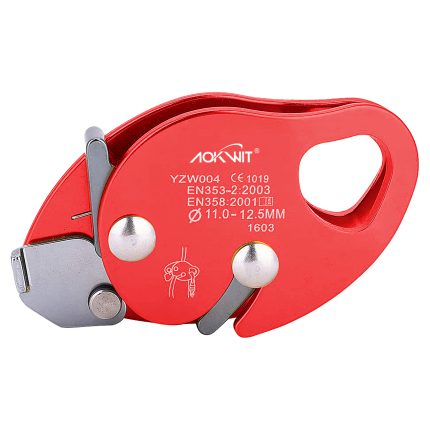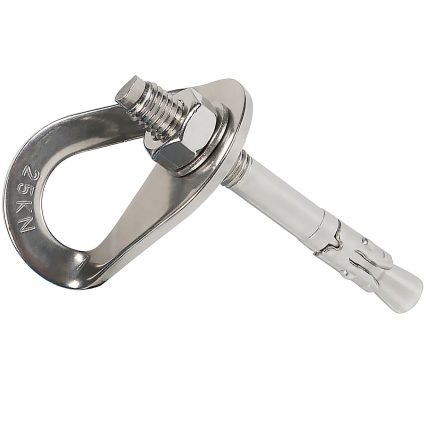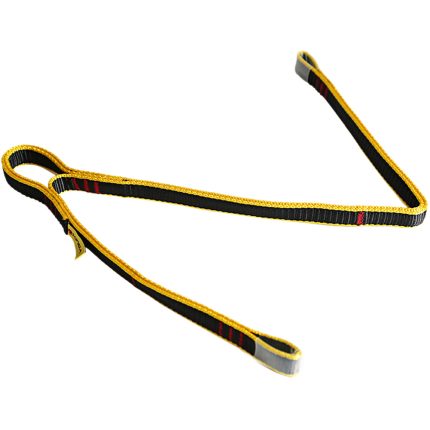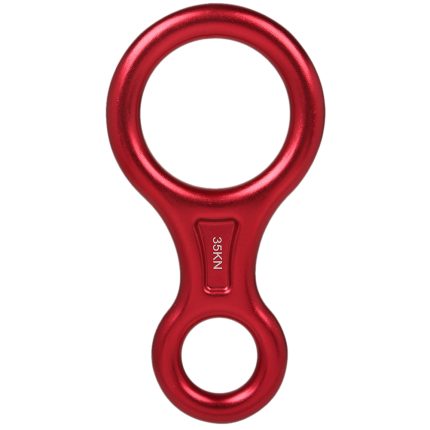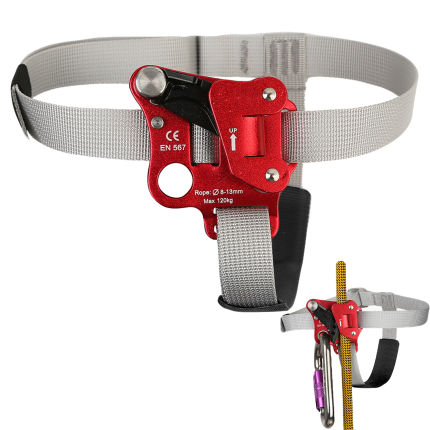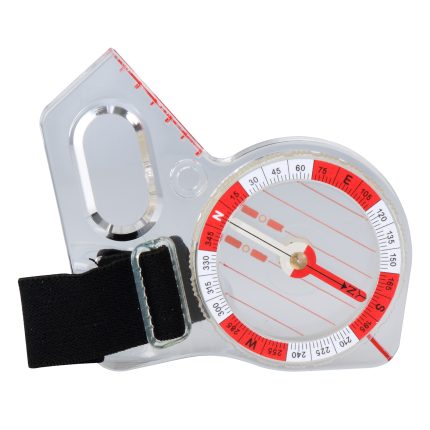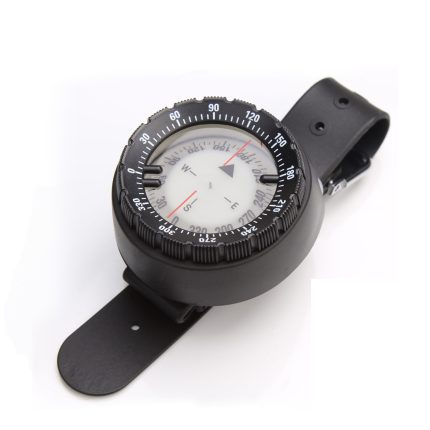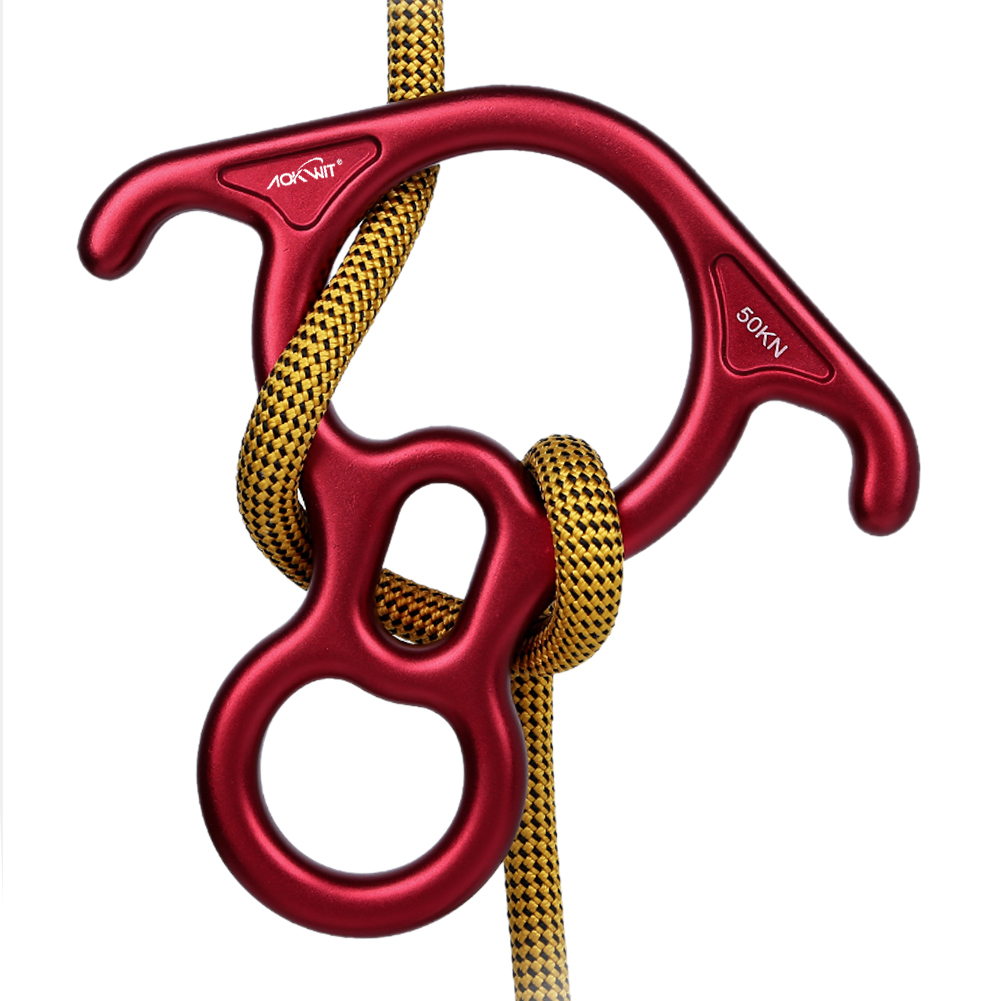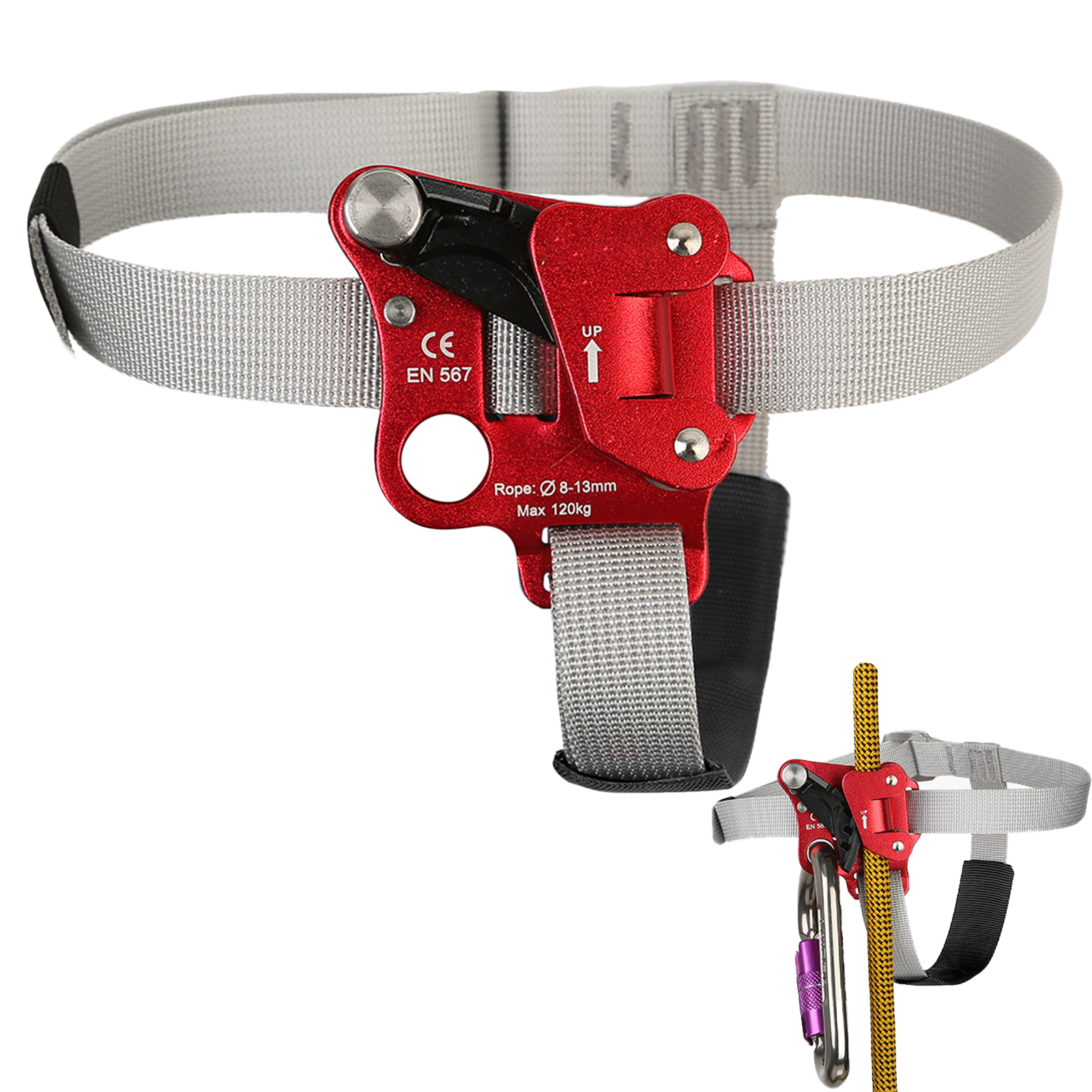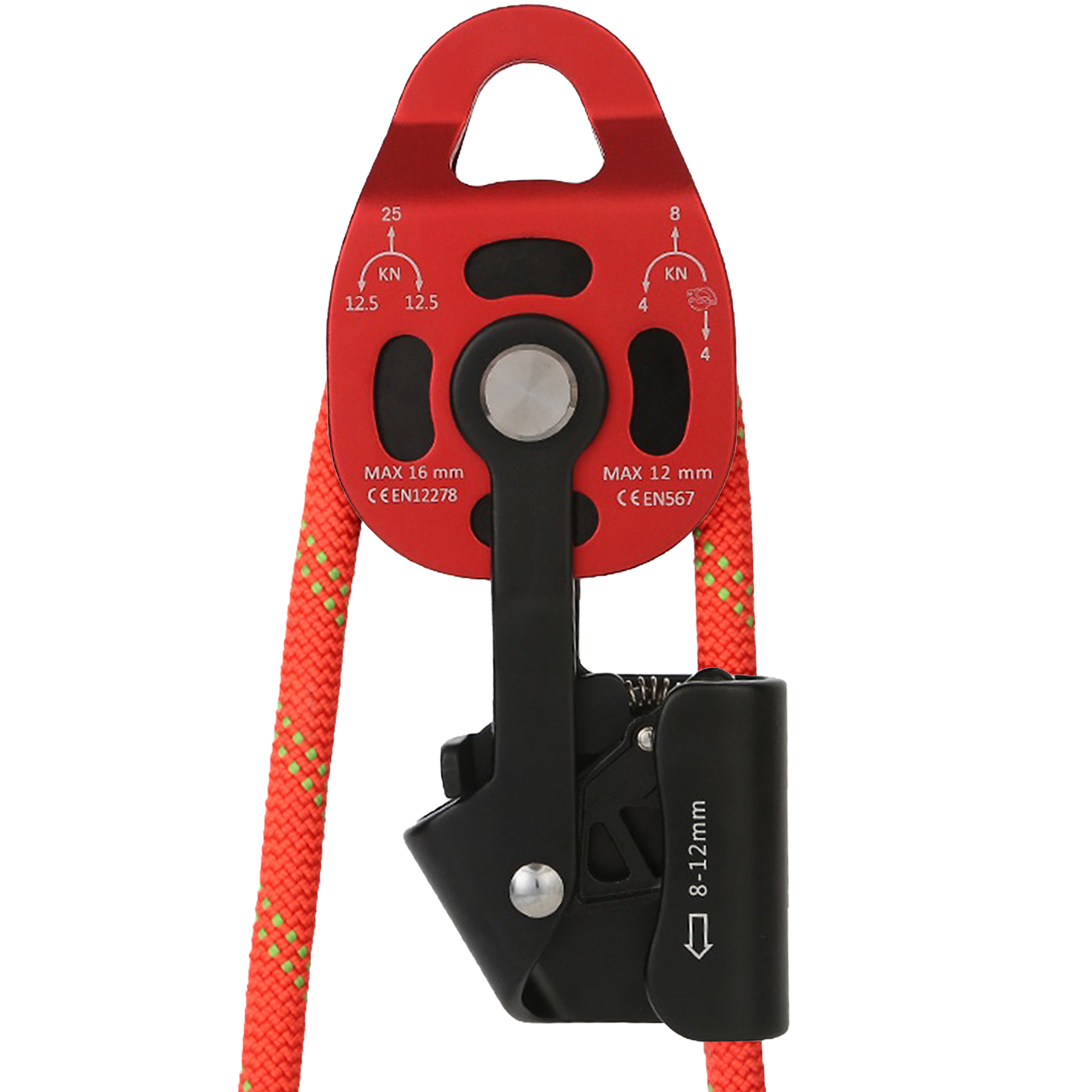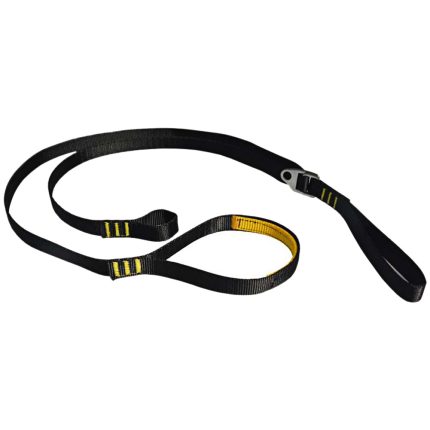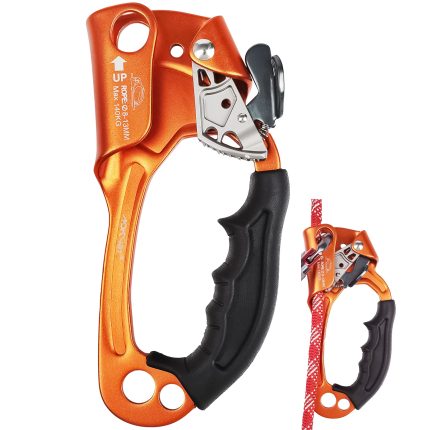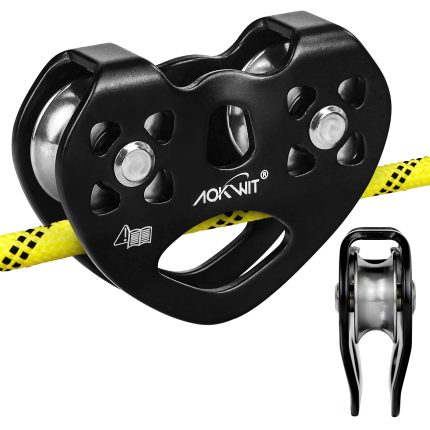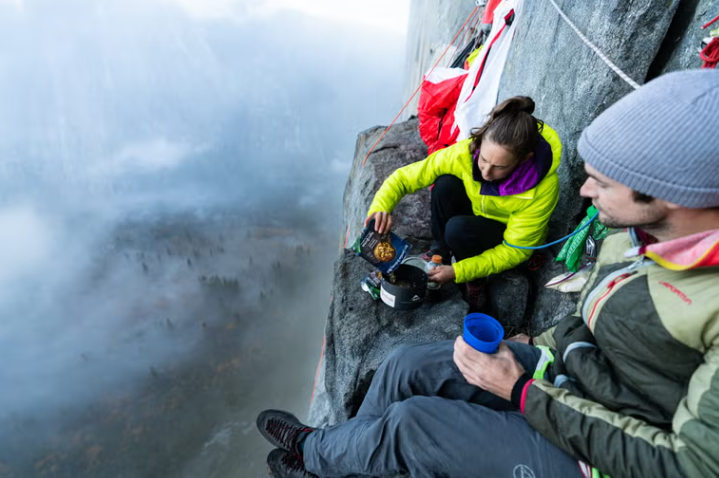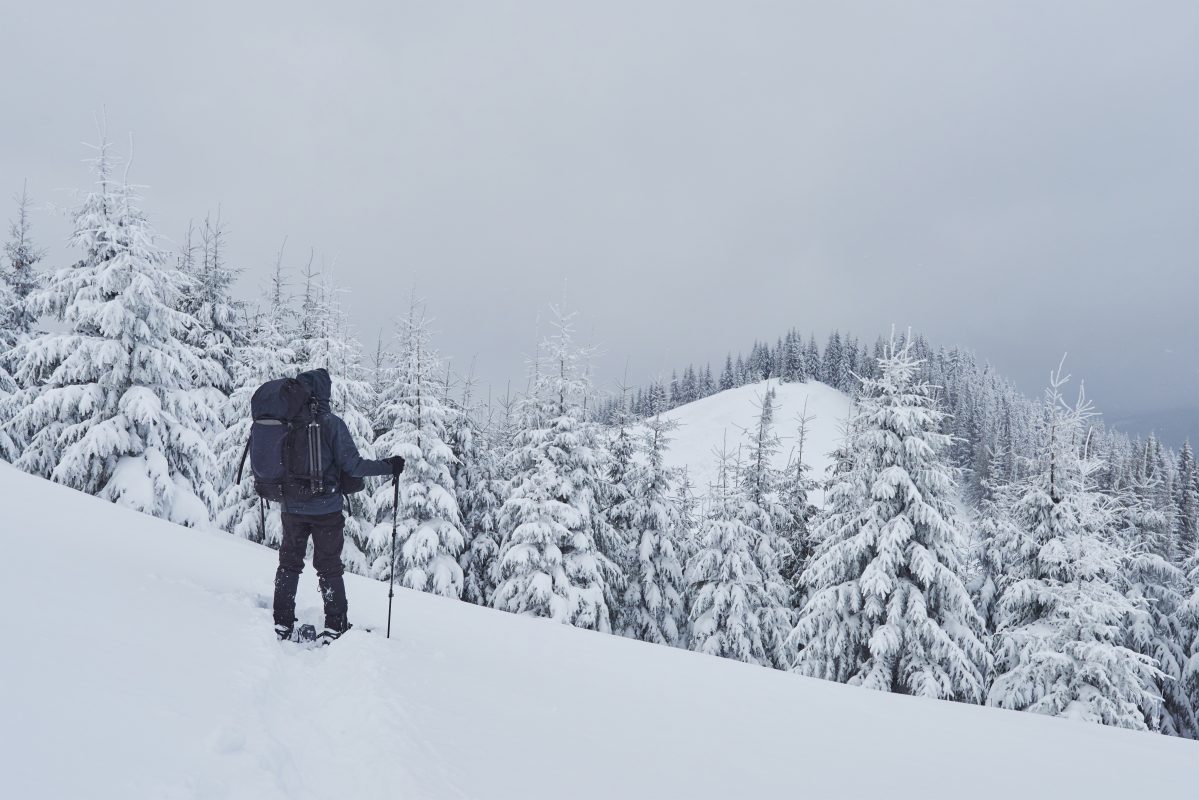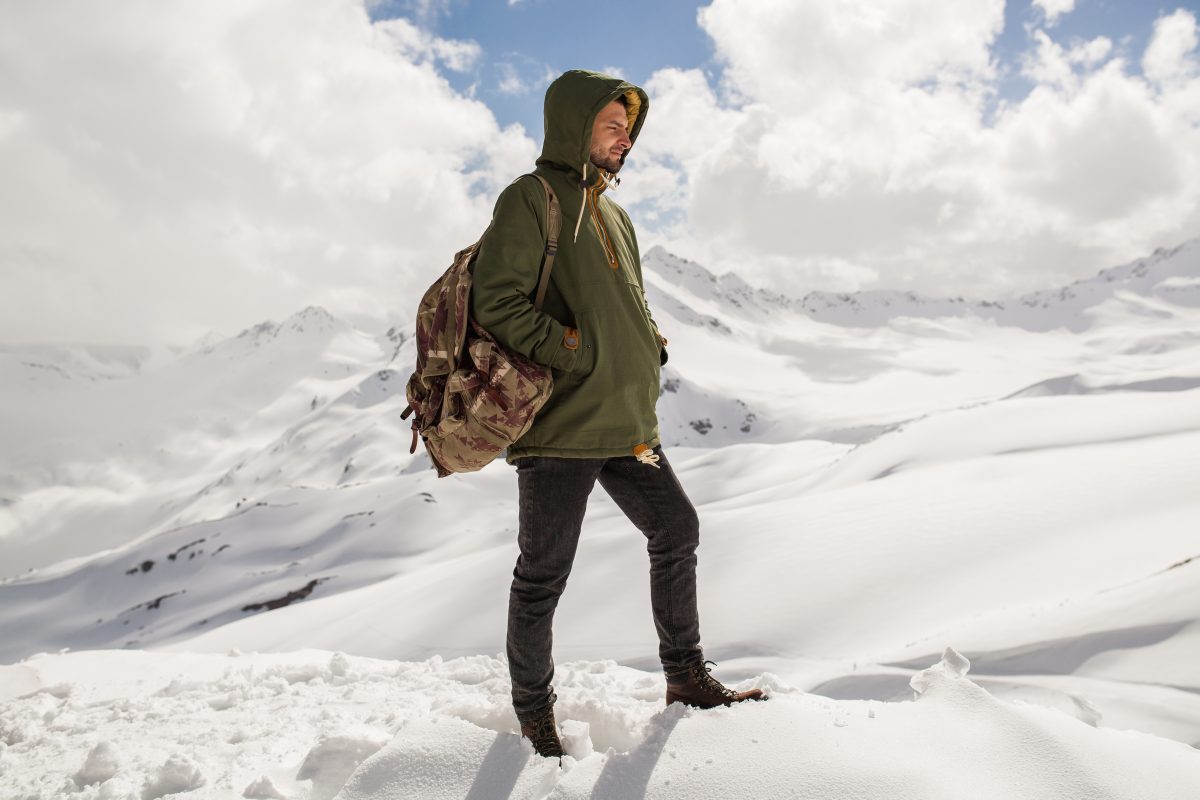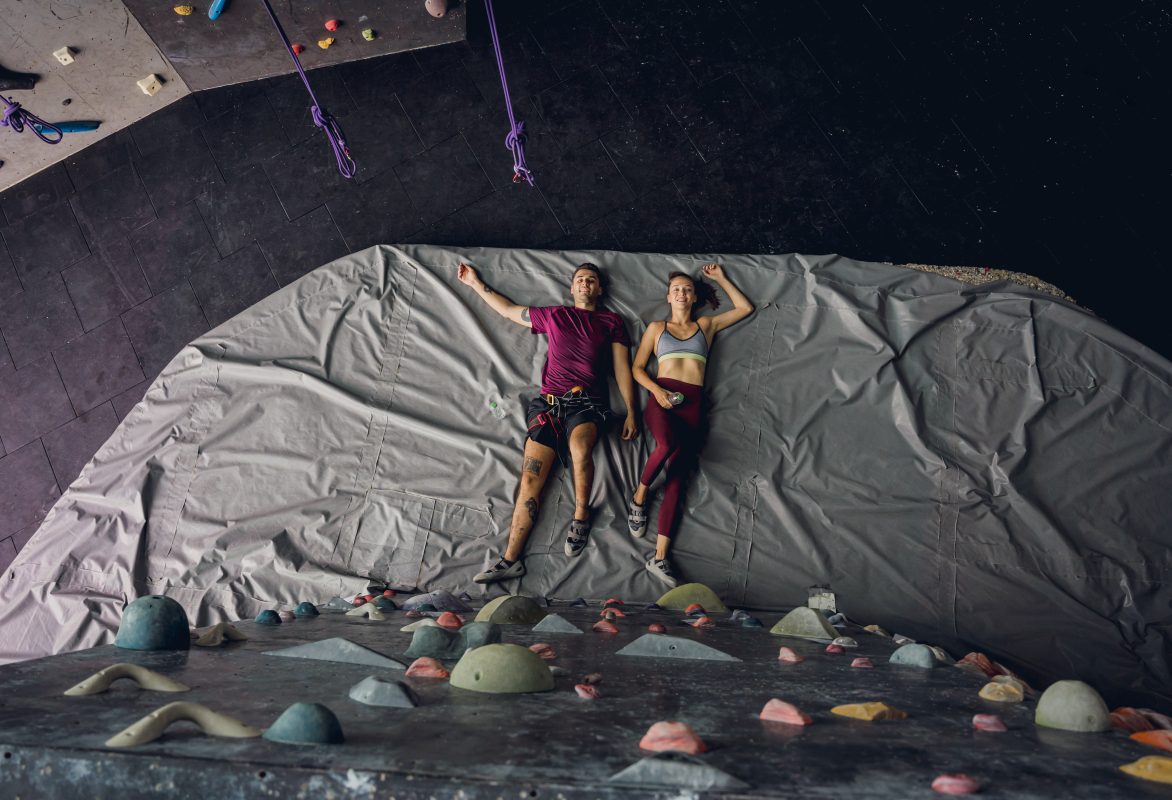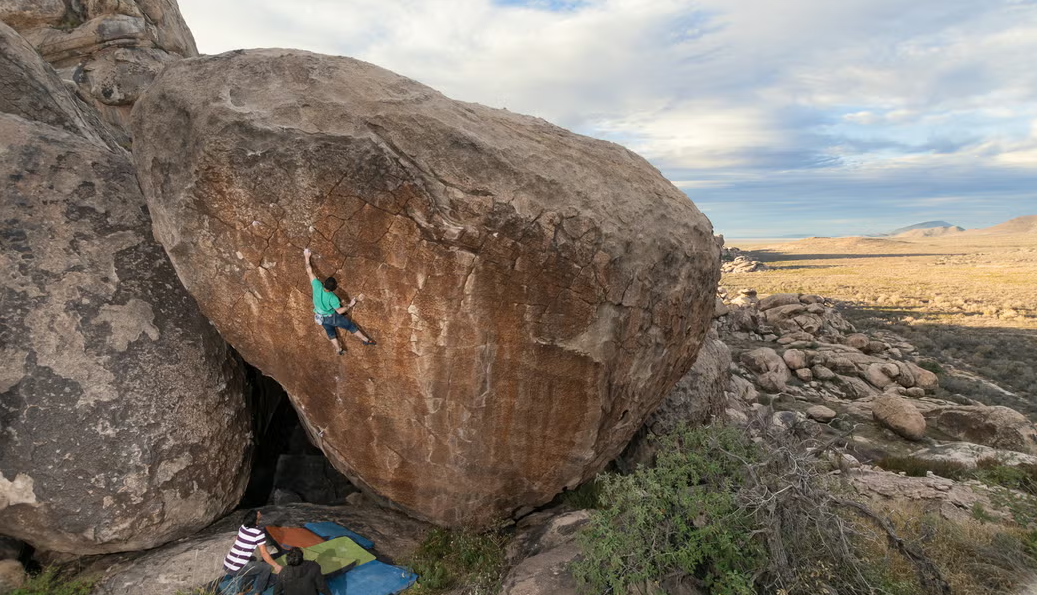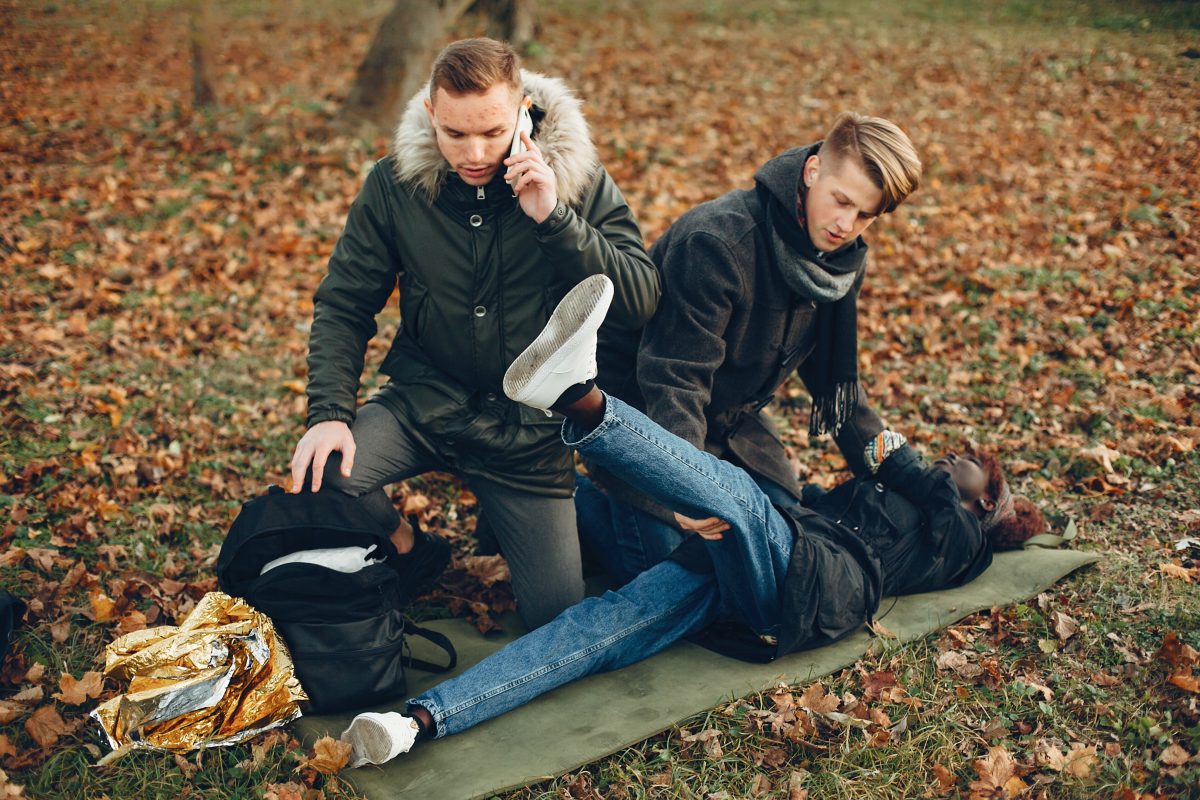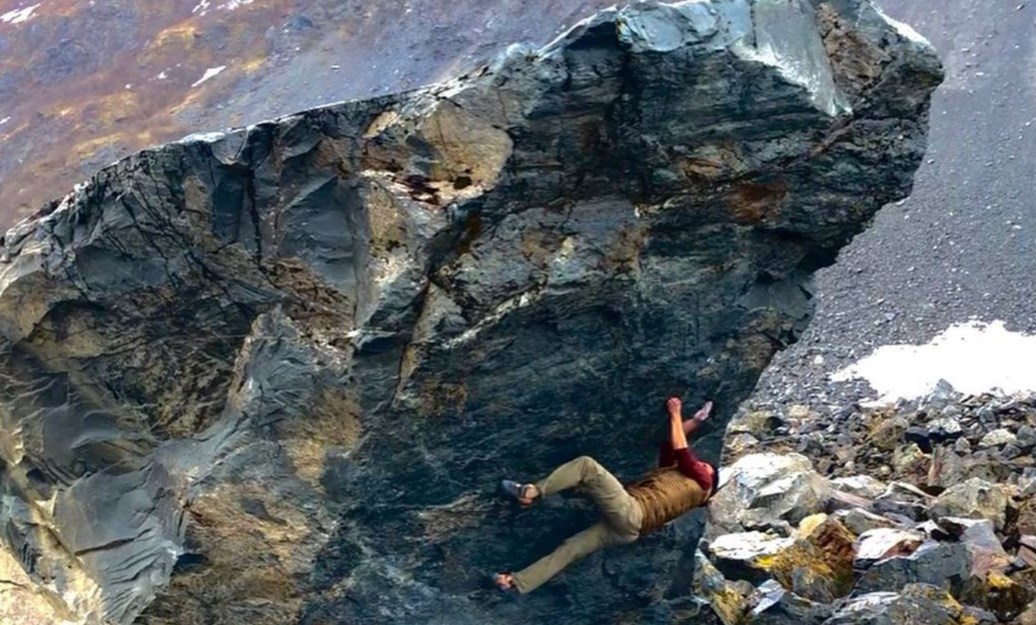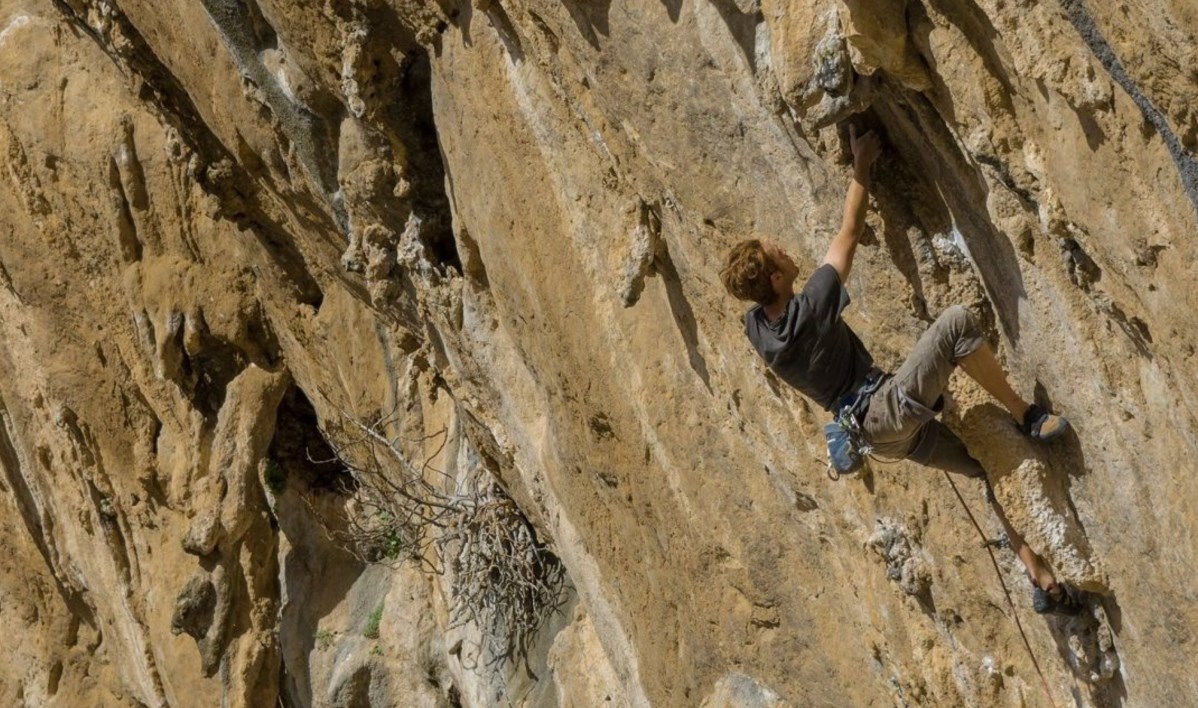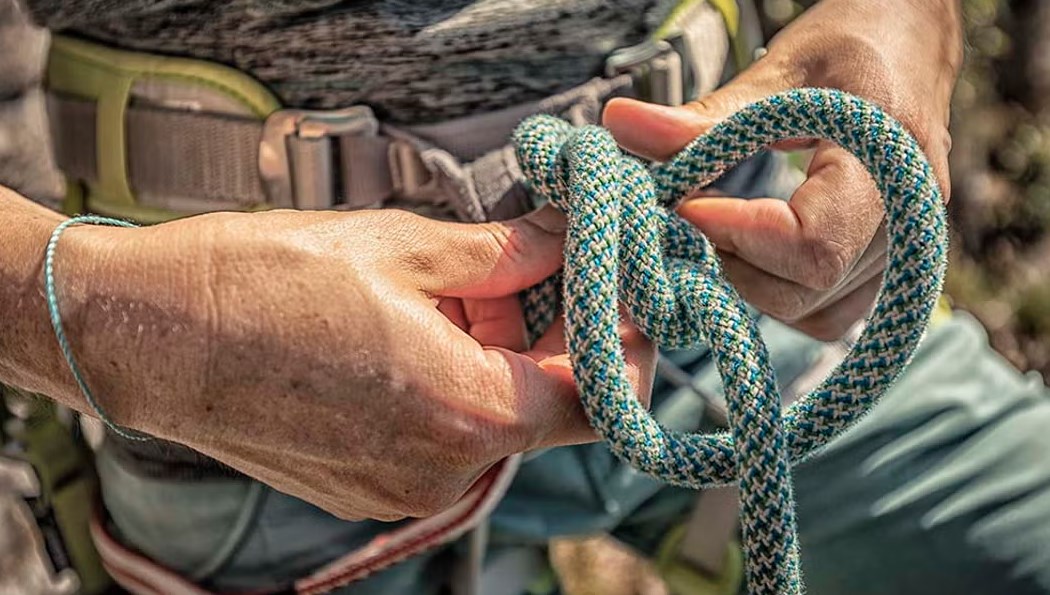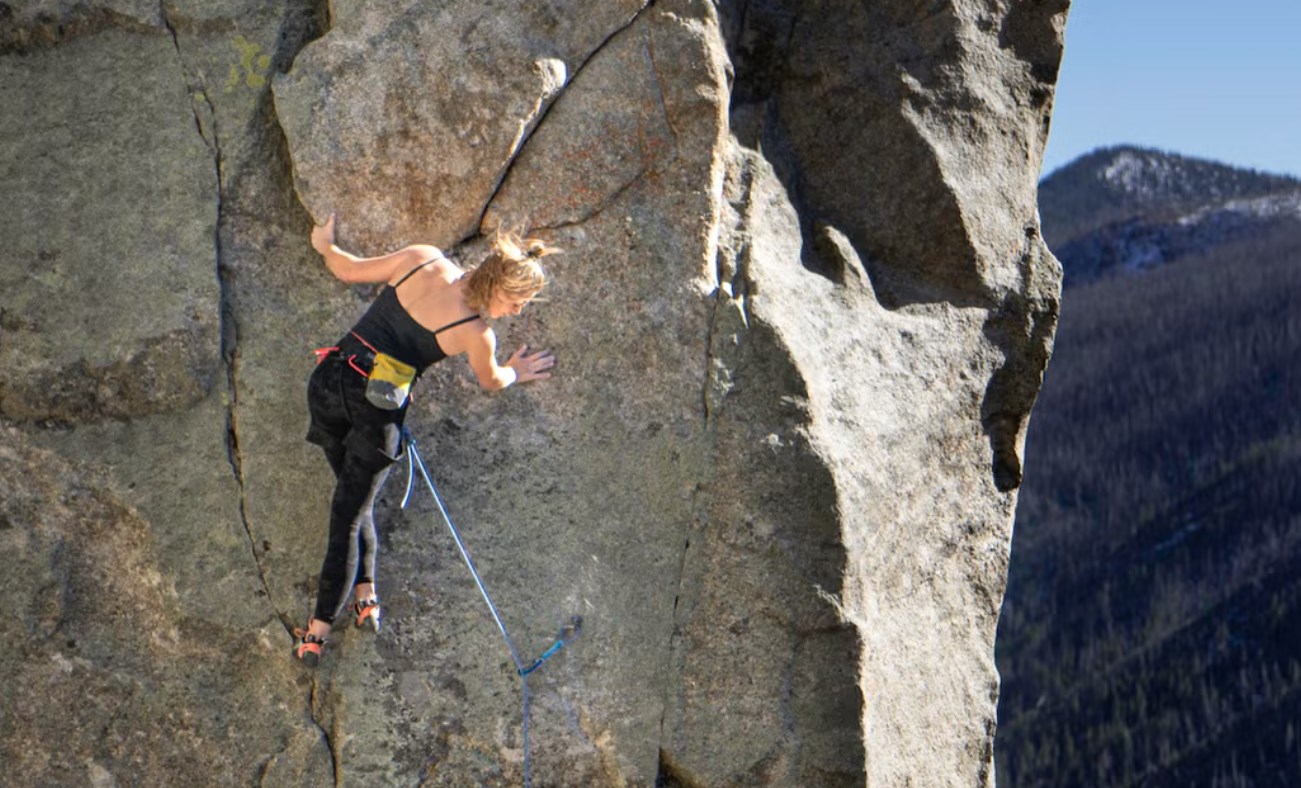15 Advanced Tips for Mountaineers: A Practical Guide to Alpine Climbing
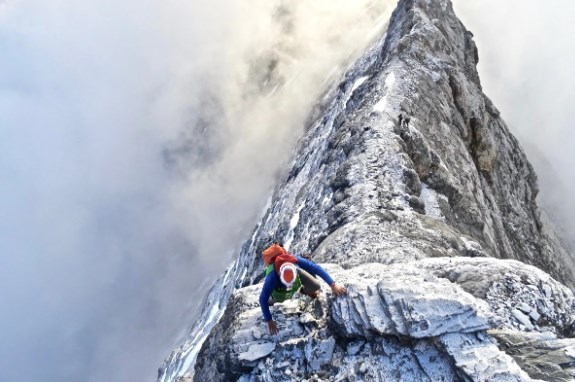
The Alps offer unparalleled mountaineering adventures. The following recommendations provide systematic guidance for aspiring enthusiasts, covering preparation, equipment selection, technical training, and on-site climbing to enhance safety and the overall experience.
1. Initial Area Selection: Avoid Starting in Chamonix

The vast Alps boast countless spectacular mountain adventure routes. While Chamonix, the gateway town beneath Mont Blanc, is renowned, it is not an ideal starting point for a first Alpine climb.
- Popular summit routes are typically challenging, while easier routes suffer from severe overcrowding and may lack sufficient appeal.
- Beginner alternatives:
- Swiss Valais (e.g., Arolla, Saas Grund): Features numerous magnificent 4,000-meter peaks, serving as excellent entry-level options.
- Bregaglia & Grimsel/Furka Passes: Ideal for rock climbers with diverse terrain and the majestic Salbitschijen peak.
2. Physical Conditioning: Prioritize Progressive Training
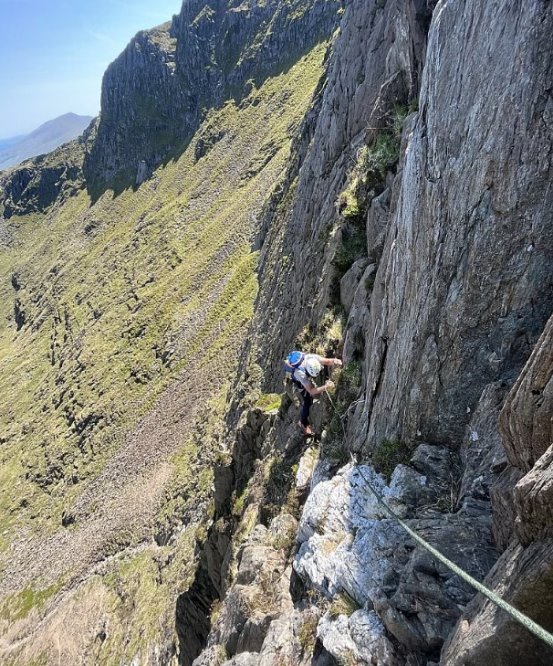
Strong physical fitness is foundational but requires no extreme training. Focus on endurance and adaptability:
- Conduct multi-day climbing, ice climbing, and mountaineering at moderate-to-long durations to simulate actual intensity.
- Incorporate walking, cycling, or jogging into daily commutes at low-to-moderate intensity (i.e., “conversational pace”).
- Emphasize sustained endurance training over short bursts. Multi-day consecutive training yields optimal results.
3. Gear Strategy: Extreme Lightweight Approach
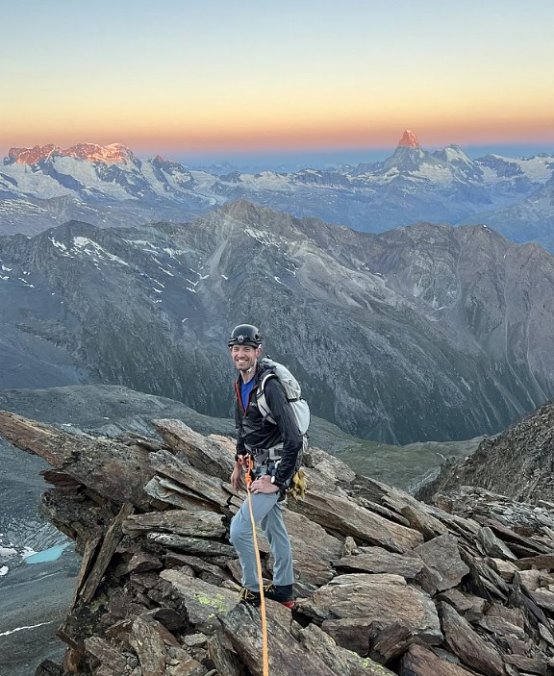
The adage “lighter is better” is critical for fluid movement in alpine climbing. Over-preparing for contingencies creates excessive weight.
- Core Clothing: Lightweight softshell pants, hooded long-sleeve base layer, thin wool sweater, windproof jacket with hood and chest pocket.
- Backpack Essentials: Ultra-light waterproof jacket and thin climbing jacket.
- High-Altitude Additions (e.g., Mont Blanc, Dufourspitze): Consider windproof overtrousers and lightweight down jacket.
- Golden Rule: The lightest gear is what remains at home or is never purchased. Rigorously evaluate every item’s necessity.
4. Technical Efficiency: Pursue Fluid Operations
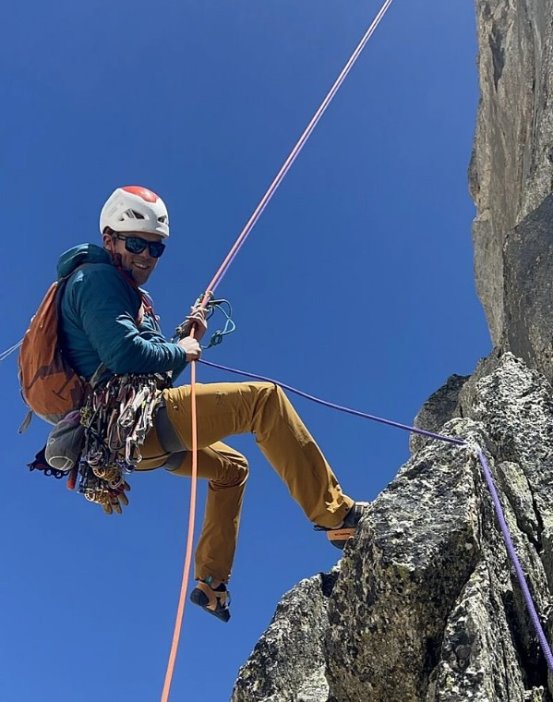
Efficient execution saves significant time and energy:
- Practice rapid protection setup, rope coiling, retrieval, and smooth transitions between anchors.
- As a follower, master gear organization and maintain proactive teamwork.
- Excel at multi-pitch rappelling: A skilled team should complete 10 pitches in ~1 hour.
- Anticipate next steps and establish seamless partner coordination.
- Critical Note: Efficiency ≠ haste. Exercise caution during route-finding to avoid time loss or increased risk.
5. Utilize the Hut System
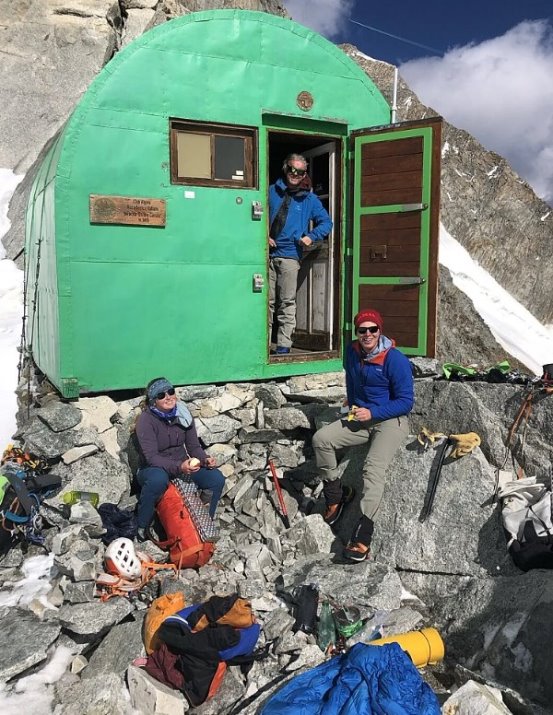
The Alps’ network of staffed/unstaffed huts eliminates camping gear needs:
- Services: ~£100/night typically includes dorm beds, three-course dinner, and breakfast.
- Value: Hut custodians provide real-time mountain conditions (weather, snowpack, routes), especially when addressed in their native language.
- Budget Option: Most huts permit self-cooking in designated areas—never in dining rooms. Confirm locations with custodians.
6. Comprehensive UV Protection
Intense alpine UV radiation risks sunburn and long-term health damage:
- Physical Barriers First: UPF 50+ hooded garments, wide-brimmed hat (with chin strap), and nose guard.
- Chemical Backup: Apply SPF 50+ sunscreen to all exposed skin; reapply frequently. Carry high-SPF lip balm.
- Essential Eye Protection: Category 4 glacier glasses mandatory for snow travel. For rock climbing, use sunglasses with interchangeable lenses. Teams must carry at least one spare goggle.
7. Expand Enjoyment: Bring Sport Climbing Gear
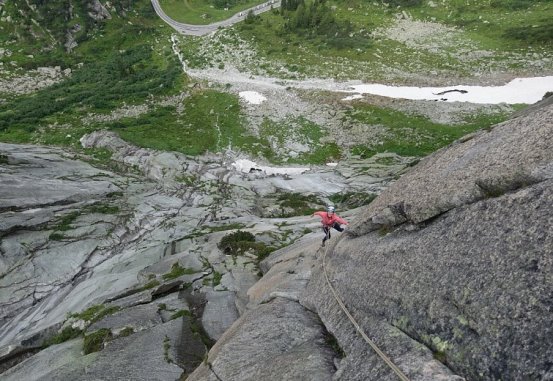
The Alps offer premier sport climbing alongside mountaineering:
- Abundant Resources: Valleys near Chamonix (e.g., Vallée de l’Arve) feature rigorously graded sport crags.
- “Weather Insurance”: Anecdotal evidence suggests carrying sport gear (rope, quickdraws, chalk bag) invites good weather.
- Guidebook Recommendation: Plaisir Selection documents the Alps’ best multi-pitch sport/trad routes—less epic than major north faces but highly enjoyable.
8. Systematic Learning: Value of Professional Courses
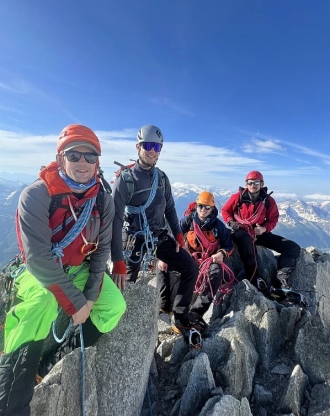
Proper alpine skills are non-negotiable:
- Under 30: Prioritize the Jonathan Conville Memorial Course. Taught by IFMGA guides, this 3-day program covers essential skills (ice/rock techniques, navigation, risk management) for independent Alpine climbing. Weekend versions run in the UK (N. Wales, Scottish Highlands).
- Over 30: Hire IFMGA guides for introductory courses or learn via experienced partners (higher-risk option).
9. Partner Selection: Prioritize Reliability & Experience
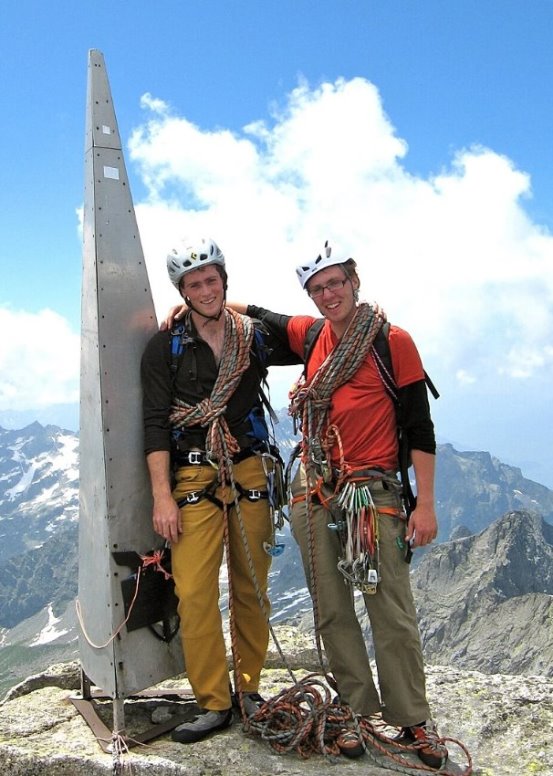
Choosing the right partner is critical for safety and success:
- Ideal Partner: Trusted long-term collaborators with extensive shared climbing/mountaineering experience, matched technical ability, and crisis resilience.
- Experience Advantage: Partners with Alpine expertise significantly increase first-ascent success rates and prevent overambitious objectives.
- Warning: Unstable partnerships, book-only knowledge, or ad-hoc teams frequently lead to failure/rescues.
10. Enhance Flexibility: Consider Renting a Car
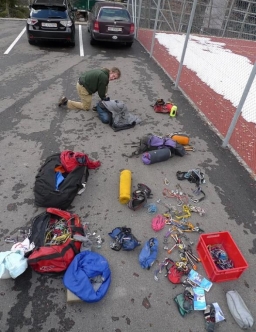
Alpine weather volatility demands adaptability:
- Weather Response: Quickly relocate to drier/better-conditioned areas when primary plans fail.
- Resupply Convenience: Access affordable supplies in city supermarkets during extended stays.
- Comfort: Vehicles provide refuge during prolonged rain, surpassing campsite discomfort.
11. Goal Management: Maintain Open-Mindedness
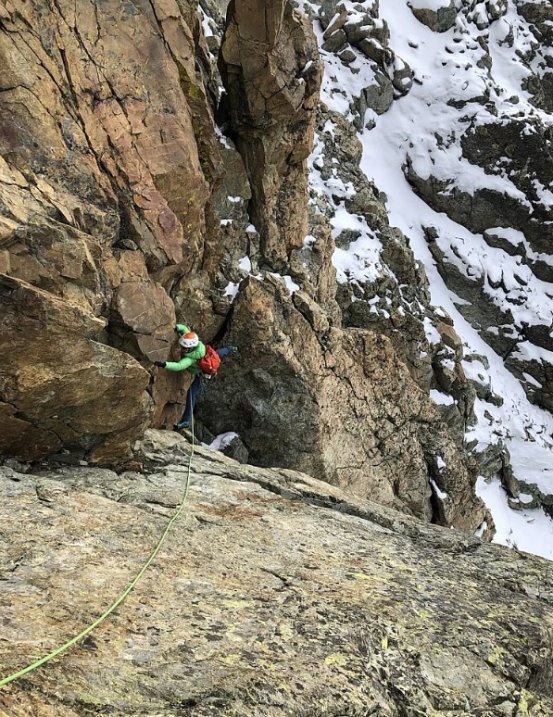
Flexible objectives minimize disappointment:
- Strategy A: Set no fixed routes; decide based on real-time conditions (weather, fitness, route status).
- Strategy B: Prepare a detailed wishlist with diverse options. Review accomplishments post-trip.
- Avoid Fixation: Never obsess over single “trophy peaks” (e.g., Matterhorn, Eiger). Embrace the Alps’ inherent possibilities.
12. Route Reconnaissance & Preparation
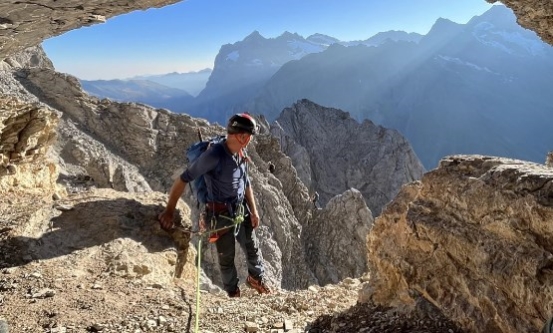
Thorough reconnaissance reduces time/risk:
- Early Hut Arrival: Depart valleys at dawn for cool-approach hiking; reach huts before dinner.
- On-Site Scouting: After arrival, hike the initial 30–45 minutes of your route in daylight. Note terrain, paths, and key turns. Pre-load GPS tracks if using advanced watches.
- Gear Caching (Optional): Stash non-essentials (breakfast, extra water) in secure, precipitation-proof, animal-inaccessible spots. Critical: Headlamps must remain with you.
- In-Depth Research: Study route descriptions on UKClimbing, Camptocamp, etc. Carry printed guidebooks; laminate key maps and share copies with teammates. Verbalize route descriptions to reinforce memory. Never neglect descent route research.
13. Allocate Sufficient Time: Extend Your Trip
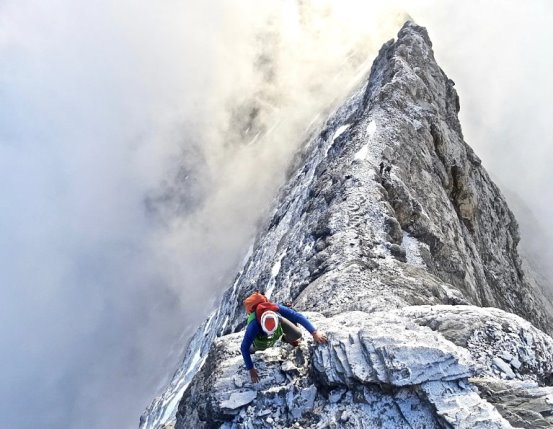
Alpine climbing requires acclimatization and contingency time:
- Altitude Adaptation: Trips under one week rarely permit physiological adaptation (minimal gains in <6 days).
- Weather Contingencies: Short trips lack buffer days for storms or plan adjustments.
- Success Optimization: 2+ week trips dramatically increase summit success, allowing acclimatization and weather-window flexibility. Extended stays maximize cost efficiency given travel expenses.
14. Efficient Movement & Short-Roping Technique
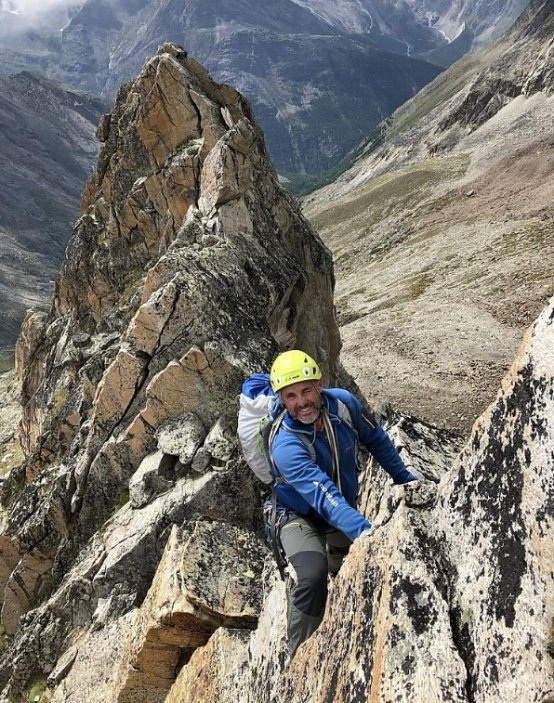
Rapid, safe travel on non-technical terrain is essential:
- Simulation Training: Hike long distances in alpine boots with light packs (UK: Lake District, N. Wales, Scottish Highlands, Skye); practice VDiff-grade climbs.
- Short-Roping (Moving Together):
- Applicability: Only on familiar, low-risk terrain where falls are “utterly unacceptable.”
- Rope Length: Short enough for clear communication but accommodating ≥2 running protections (pitons/ice screws). Adjust dynamically.
- Rope Tension: Maintain slight tautness—no slack.
- Protection Points: Prioritize pitons, bolts, ice screws, or solid natural features (spikes/boulders). Slings are suboptimal (non-multidirectional, fiddly).
- Foresight: Continuously assess terrain. Establish protection before complex sections or switch to pitched climbing. Hand-coil ropes on flat ground.
- Risk Warning: Never attempt short-roping on technical terrain without experience. If uncertain, immediately switch to pitched climbing.
15. Glacier Travel: Rigorous Safety Protocols
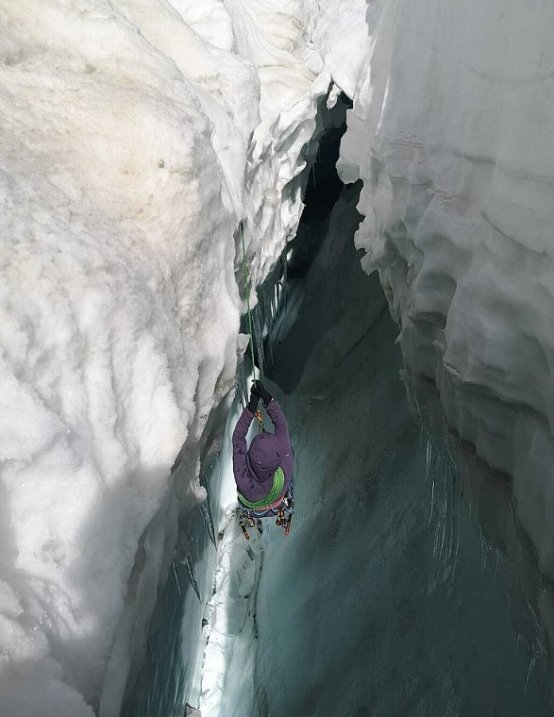
Crevasse falls demand uncompromising precautions:
- Non-Negotiables:
- All members roped together.
- Crampons worn with proficiency.
- Minimum 20m (≈12 arm-spans for 180cm height) between climbers.
- Keep ropes taut—ideally lightly touching snow to reduce fall impact.
- Start pre-dawn for refrozen, stronger snow bridges.
- Knots on the Rope:
- When: Significant weight differences, soft afternoon snow, or desired added security.
- Type: Large, visible knots (e.g., ENSA knot).
- Spacing (2-person team): Four knots total—first at 3 arm-spans from leader, subsequent knots every 2 spans, last at 3 spans from follower. Larger end-gaps prevent knot-jamming in crevasses during rescues.
- Drawbacks: Knots increase drag, snag easily, and complicate rescues (requiring “passing knots” techniques or prusik systems).
- Team Size: Three-person teams are safer on remote/complex glaciers. One member arrests falls while another builds anchors, vastly improving rescue efficiency.
- Setup: ≈12m between members. Middle climber attaches via rethreaded figure-eight or double bowline.
- Self-Rescue Competence:
- Practice prusik-based rope ascents after simulated crevasse falls (harnessed, with pack). Master transitioning to ascent systems while suspended.
- Rescue Anchor Construction:
- Absolute Reliability: Anchors for partner extraction must be failsafe.
- Snow: Bury ice axes deeply in wet snow (remove surface snow); backfill and compact.
- Ice: Ice screws are optimal. Clear debris before placement.
- Standard (2-person team): Two medium ice screws typically suffice.
- Edge Protection: Pad ropes crossing sharp ice edges with a second axe/pole to prevent cutting.
- Dry Glacier Warning: Starting zones often feature bare ice/rock with visible crevasses. Unroped travel is permissible if terrain is flat/simple but requires helmets, gloves, long sleeves, and expert crampon skills. Transition to roped travel as snow cover increases (“wet glacier”).
- Critical Reminder: Rope up immediately upon encountering snow or complex terrain—never assume proximity to huts or “solid-looking” snow guarantees safety (documented cases exist of leg-penetration through snow bridges).
Essential Addendum: Independent Judgment
High traffic and varying skill levels in the Alps create hazards:
At critical decisions (e.g., crossing large bergschrunds after glacier travel), never blindly follow other teams.
Pause and ask: “What would I do here if alone?” Make independent judgments based on your team’s skills, gear, and risk assessment—then commit decisively.
